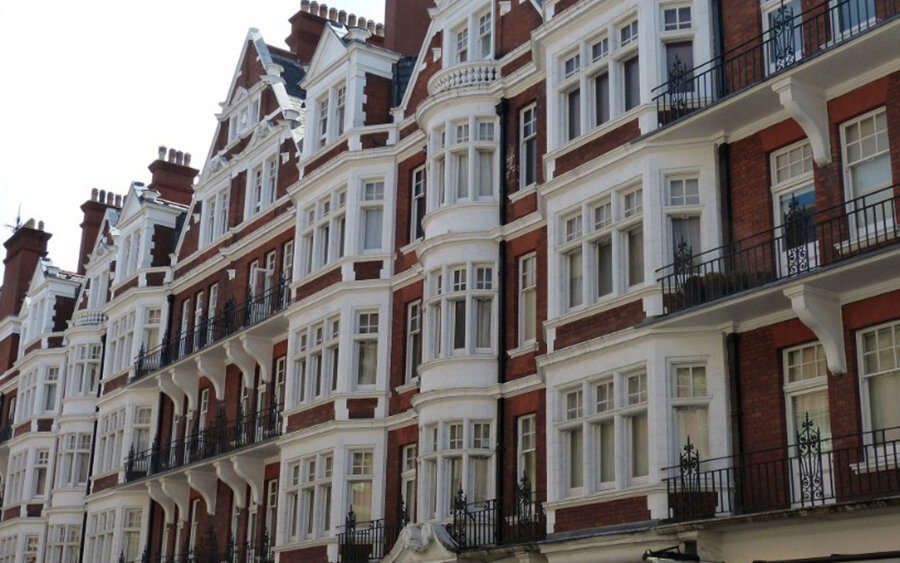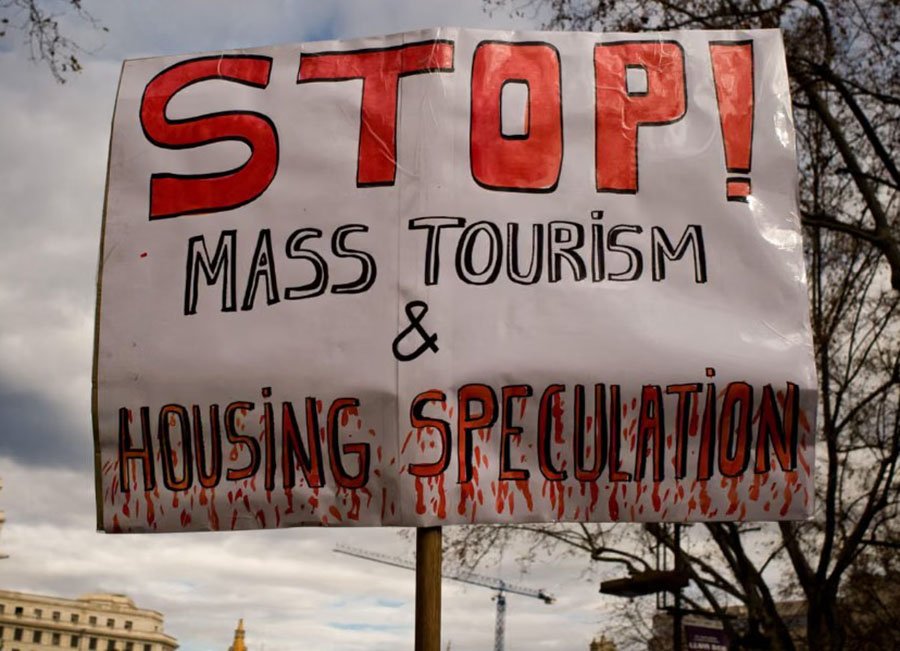UK Rental Market: Price Growth Slows to Autumn 2023 Lows

At the start of 2025, the UK housing rental market is showing signs of cooling, although affordability remains elusive. According to the Office for National Statistics (ONS), the average rent rose by 8.1% year-on-year in February — the slowest annual pace since September 2023. However, prices continue to climb month-on-month, increasing 0.4% in February to £1,326 (€1,538).
Bloomberg reports that rental prices have surged nearly 30% since the pandemic began, putting financial pressure on households — especially young families and low-income renters, who are also contending with rising food and energy costs.
Coreco managing director Andrew Montlake noted that even a slowdown in rent inflation does not mean housing is becoming affordable. “This is a welcome shift, but absolute rent levels remain frighteningly high,” he said, adding that the long-standing wage-to-housing cost gap continues to hinder both daily budgets and the ability to save for a deposit.
London continues to lead in both rent levels and growth, with average monthly rents reaching a record £2,235 (€2,592) in February — up 9.9% year-on-year. In contrast, growth was more moderate in other regions, such as the North East, where rents rose by less than 5%.
The London rental market remains especially vulnerable due to supply shortages and high demand from students, young professionals, and migrants. This pressure is exacerbated by a declining share of new builds designated for rental use.
Analysts suggest early 2025’s market activity may have been boosted by buyers rushing to beat new stamp duty thresholds, which became less favourable in April. This may lead to a slowdown later in the year, particularly in high-end segments.
Meanwhile, the property sales market is showing signs of life. Average UK home prices hit £269,000 (€312,000+) in January — up 4.9% year-on-year, the fastest pace since early 2023. However, Halifax data indicates a softening in February, especially in London. RICS expects prices to decline further in the capital.
Despite this, 2024 saw slight improvements in affordability. ONS data shows the average home cost 7.7 annual salaries — down from 8.3 in 2023. The most significant shift was in London, where the price-to-income ratio dropped from 12 to 11, the best level in a decade. Still, with average home prices at £586,000 — double the national figure — London remains the UK’s least affordable region.
According to solicitor Christopher Barry of Thomas Legal, “The core issue remains the chronic lag in wage growth versus housing inflation. Wages are now outpacing inflation by about 2%, but sustained progress over several years is needed for meaningful change.”
The Labour government has pledged to build 1.5 million homes over five years to address structural supply shortages. But doubts remain due to the construction sector’s ongoing crisis. The sector’s activity index dropped to 46.4 — its lowest level since the pandemic. Layoffs are rising, materials are more expensive, and even major players like Travis Perkins report falling profits and weak demand.
The sector urgently needs systemic support — political promises alone won’t be enough.











